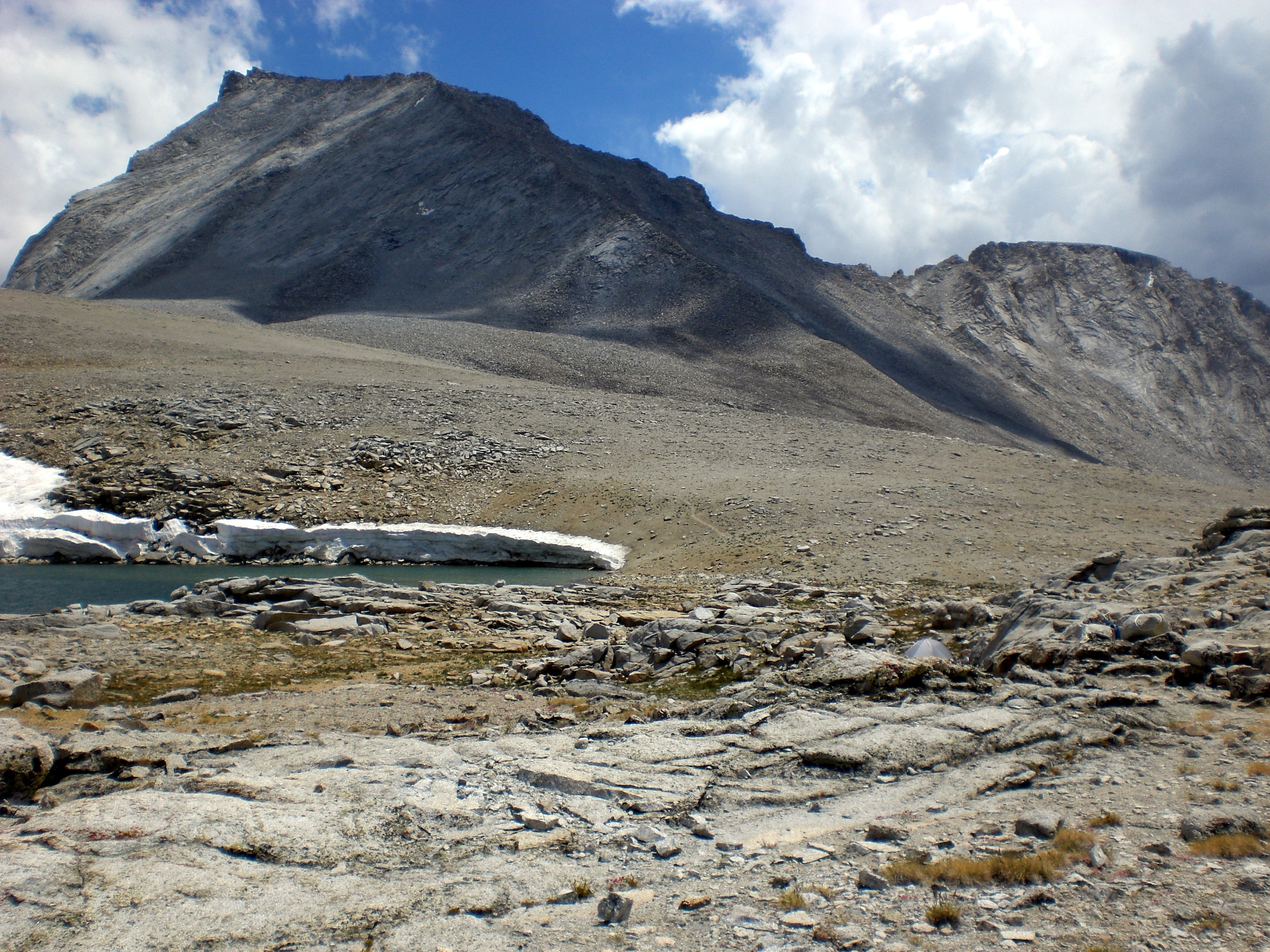In a ground-breaking discovery, a geologist from Utrecht University has unveiled the remnants of a previously unknown tectonic plate that once sprawled across one-quarter the size of the Pacific Ocean. This find not only reshapes our understanding of the planet’s geological history but also shines a light on the intricacies of plate tectonics and their profound influence on Earth’s past and present.
The Journey to Discovery
Dr. Suzanna van de Lagemaat, the geologist behind this monumental find, embarked on a research journey to investigate and reconstruct lost plates. Through meticulous fieldwork across mountain belts spanning Japan, Borneo, the Philippines, New Guinea, and New Zealand, van de Lagemaat stumbled upon an unexpected revelation. The remnants found on northern Borneo hinted at the existence of the speculated Pontus plate. “It was a eureka moment. We had theorized its presence, but finding tangible evidence was nothing short of extraordinary,” she remarked.
The Importance of Tectonic Plates
Plate tectonics, the movements of large sections of Earth’s outer shell, have always been a cornerstone of geology. The shifting of these plates shapes the continents, influences climate, and even determines the location of precious minerals. However, the path of these plates is not always straightforward. Over time, some oceanic plates have vanished into the Earth’s mantle through a process called subduction, leaving mere fragments that are concealed in mountainous terrains.

Our planet is made up of tectonic plates
Van de Lagemaat’s focus was the enigmatic region surrounding the Philippines, known for its intricate plate systems. “The confluence of various plate systems in the Philippines makes it a hotspot for geological exploration. While primarily an oceanic crust, some parts rise above the sea, revealing rocks from different time periods,” she explained.
Piecing Together Pontus
Building on geological data, van de Lagemaat first mapped the movements of the existing plates between Japan and New Zealand. This exercise illuminated the vast expanse once occupied by plates that have since disappeared. The real breakthrough came with fieldwork in northern Borneo. An analysis of rock remnants indicated their origins far to the north, pointing to a previously undetected plate.
Dr. Douwe van Hinsbergen, her PhD supervisor, recounted the journey to this realization: “Over a decade ago, we hypothesized that Pontus’s remnants could be in northern Japan. But subsequent research refuted that. Suzanna’s systematic reconstruction across the ‘Ring of Fire’ brought Pontus to light, including the fragments we found on Borneo.”
Implications and Future Research
The relics of Pontus stretch beyond Borneo, spanning Palawan in the Western Philippines and parts of the South China Sea. Van de Lagemaat’s findings also suggest a single plate tectonic system that persisted from southern Japan to New Zealand for at least 150 million years.
The initial speculation about Pontus was based on seismic waves that detected anomalies in the Earth’s mantle. These anomalies, disruptions in signals from earthquakes, hinted at the remnants of old plates. The traces left by subducted plates provide a window into the past, allowing geologists to travel back 300 million years. Older plate fragments eventually ‘dissolve’ at the boundary between the mantle and the core.
Dr. van de Lagemaat’s rediscovery of Pontus verifies earlier hypotheses and offers a comprehensive look into the fascinating world of plate tectonics. As the scientific community lauds this landmark discovery, it is clear that our understanding of Earth’s history and its ever-evolving nature is still unfolding, one plate at a time.
©globalgreenhouse.eu

